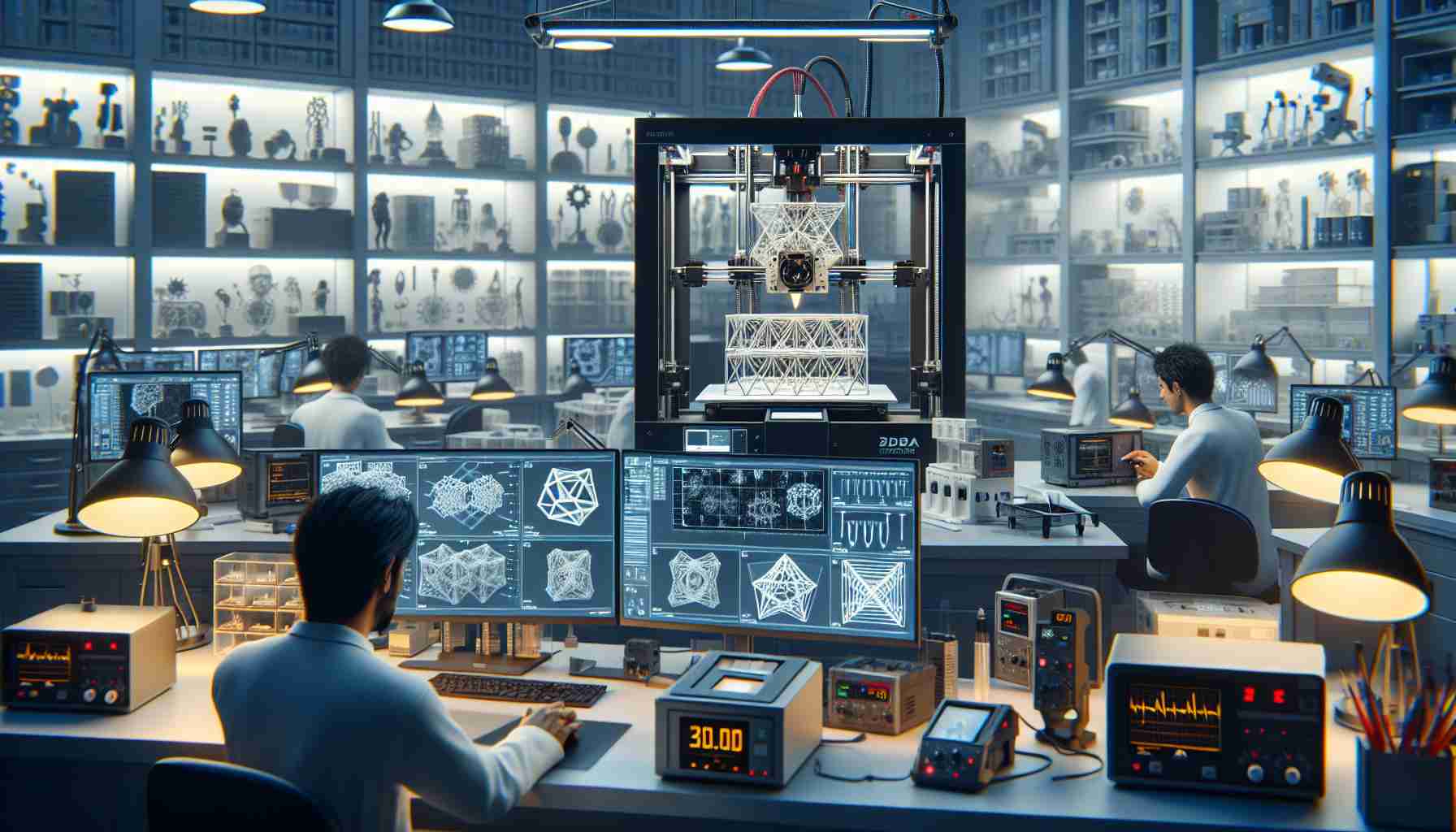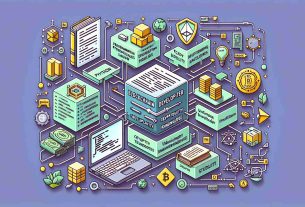Enhancing Evaluation Techniques for 3D Printers
In the realm of 3D printer evaluation, there exist diverse testing methodologies that illuminate the intricacies of these innovative machines. Rather than relying on standard metrics, advanced methods are employed to delve deeper into printer capabilities.
Utilizing Cutting-Edge Imaging Technology
An innovative approach to assessing 3D printers involves the use of state-of-the-art thermal imaging cameras. By setting the build plate to a specified temperature and carefully measuring the thermal profile across multiple points, researchers can ascertain the accuracy of temperature control mechanisms, providing invaluable insights into printer performance.
Revolutionizing Standard Test Prints
Traditional test prints are augmented with sophisticated models that challenge printers to showcase their precision and efficiency. Intricate resin prints resembling miniature towns are meticulously analyzed to gauge the printer’s ability to render fine details, handle complex geometries, and optimize UV exposure throughout the model.
Redefining Support and Service Evaluation
Beyond technical specifications, evaluating a 3D printer involves a comprehensive examination of the manufacturer’s support services. From assessing responsiveness to customer queries to scrutinizing the availability of replacement parts, these criteria shed light on the overall user experience and long-term reliability of the printer.
Empowering DIY Enthusiasts
For semi-assembled kits, emphasis is placed on the assembly process’s clarity and comprehensiveness. Evaluating the level of difficulty and the quality of instructions enables prospective users to make informed decisions about the feasibility of self-assembly and maintenance.
Unveiling a New Era of Printer Assessment
By embracing advanced testing methods that go beyond conventional parameters, the evaluation of 3D printers enters a new era of precision and sophistication. These innovative approaches pave the way for enhanced performance benchmarks and user-centric assessments in the fast-evolving world of additive manufacturing.
Additional Facts:
1. Post-Processing Techniques: Post-processing plays a crucial role in enhancing the final quality of 3D printed objects. Additional testing methodologies may include evaluating the effectiveness of various post-processing techniques such as sanding, painting, or smoothing to achieve desired surface finishes and mechanical properties.
2. Multimaterial Printing: With advancements in 3D printing technology, there is a growing trend towards multimaterial printing, where different materials are printed in a single object. Testing methods can explore the compatibility of different materials, adhesion between layers, and overall print quality in multimaterial prints.
3. Environmental Considerations: Testing the environmental impact of 3D printers, such as energy consumption, emissions, and recyclability of printed materials, is becoming increasingly important. Assessing the sustainability factors of 3D printing processes can provide valuable insights for eco-conscious users.
Key Questions:
1. What are the most critical parameters to consider when evaluating 3D printer performance?
– Answer: Parameters such as dimensional accuracy, layer adhesion, print speed, surface finish, and material compatibility are crucial for assessing printer capabilities.
2. How do advanced testing methods impact the overall reliability and quality of 3D printers?
– Answer: Advanced testing methods offer a more in-depth understanding of a 3D printer’s performance, leading to improved reliability, enhanced print quality, and better user experience.
Key Challenges and Controversies:
1. Data Standardization: One of the challenges in advanced testing methods for 3D printers is the lack of standardized testing protocols across different manufacturers, making it difficult to compare results accurately.
2. Cost and Accessibility: Implementing cutting-edge imaging technology and sophisticated testing models can be costly, posing a challenge for smaller businesses or hobbyists in adopting these advanced testing methodologies.
Advantages and Disadvantages:
– Advantages: Advanced testing methods offer a more comprehensive evaluation of 3D printer capabilities, leading to improved performance, quality control, and innovation in the additive manufacturing industry.
– Disadvantages: The adoption of advanced testing methods may require specialized equipment, expertise, and resources, which can be prohibitively expensive for some users or organizations.



